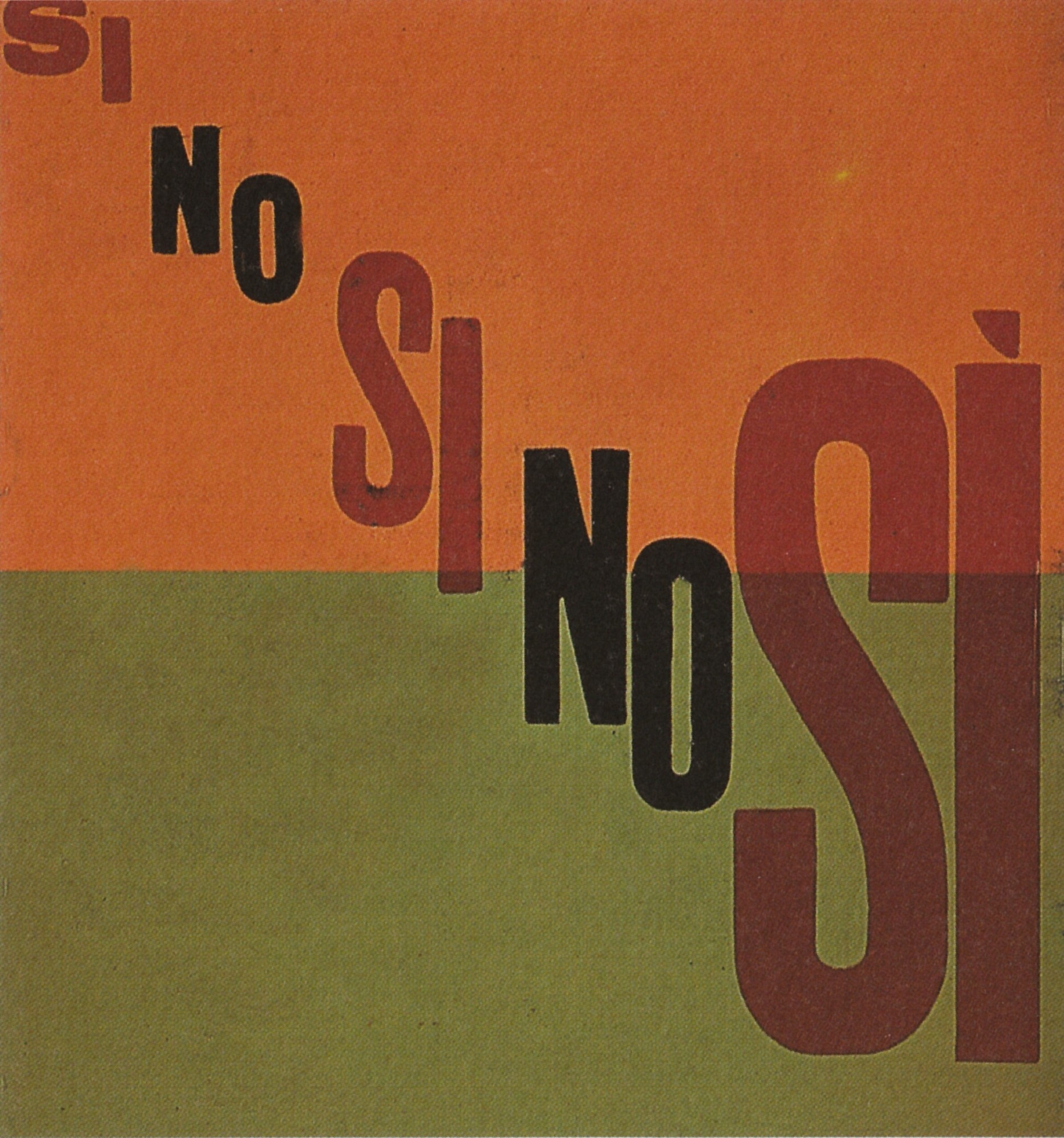
About the Project
This site that focuses on the attributes and scope of (primarily) European artistic manifestos, especially in the early twentieth century. The site contains:
1) an explanation of the manifesto as a genre and contextual information surrounding its genesis (in "What is a Manifesto?")
2) visualizations of the temporal and geographical scope of manifesto production in the form of a general map which shows the physical distribution of all manifestos (in "What is a Manifesto?"), and a timeline of all manifestos in the database
3) a searchable database of 103 manifestos which can be filtered by school, country, and year (in "Resources")
4) general information on major and minor artistic schools which often include smaller maps showing the distribution of manifestos within that school (in "Artistic Movements")
5) a provisional list of attributes that can be found across manifestos (In "Future Directions")
6) future directions for the projects and its use in research (in "Future Directions")
This project also fills a gap in the digital humanities, because while there are multiple sites which have digitized modernsit journals, there are none which have mapped or begun large-scale analysis of manifestos as a unique genre. Within traditional scholarship, there are a few anthologies (see References in "What is a Manifesto?"), and some work done on individual schools or manifestos, but little that looks at the genre as a whole, or considers the manifesto
This timeline includes all manifestos currently in this database, divided into rows by artistic school. You can view the title and author of each manifesto on the banner at the base of the timeline when you click on the grey tile for a particular document.
The timeline gives a large-scale picture of the enormous proliferation of manifestos in the twentieth century. While the earliest work included is from 1885 and the latest from 1938, there is a distinct increase in publications between roughly 1905 and 1925, with a particular intensification between 1914 and 1919. This longer peak tracks with the periodization of literary modernism, which began before WWI and continued into the interwar years, and during which famous 'high' modernist authors such as Virginia Woolf, T.S. Eliot, and Ezra Pound were actively writing. The shorter concentration of publications between 1914 and 1919 almost directly maps onto the dates of World War I (1914-1918), signalling the massive impact the war had on the artistic movements of the day. Notably, the foundings of Dada and Vorticism overlap with the start of the war.
As a whole, the timeline allows for a large-scale view of the prolific avant-garde art scene of the late nineteenth and early twentieth century, beginning with Futurism, Symbolism and Expressionism and going up to Primitivism and the minor school of the Scuola Metafisica. In the future, I hope to include major literary works of fiction and poetry as well as major historical events within this timeline to situate these moments and texts within a larger picture of modernist artistic production.